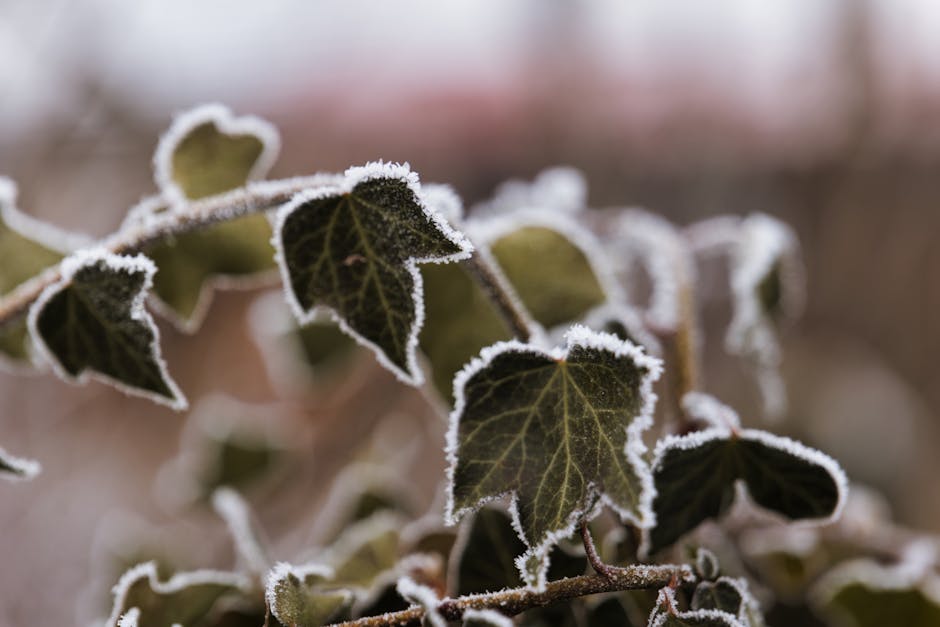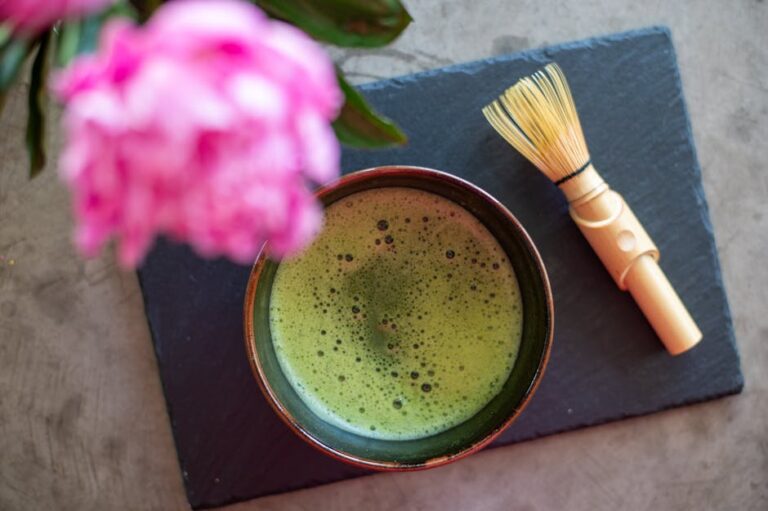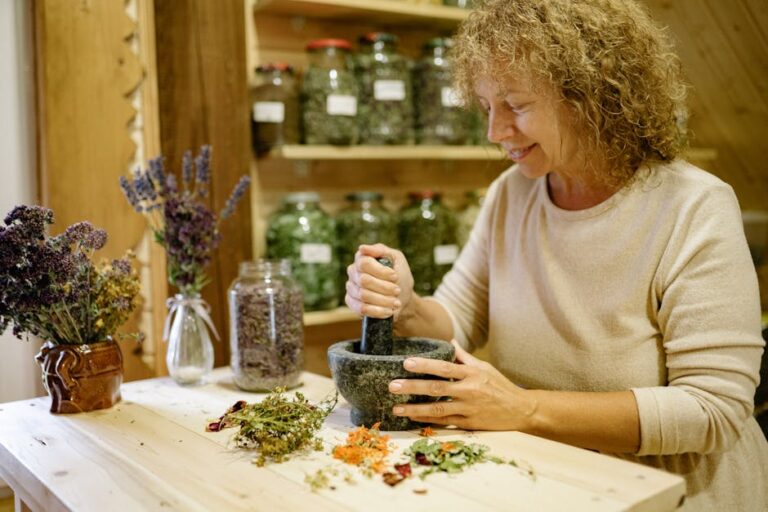Banish the Itch: Your Ultimate Guide to Natural Poison Ivy Remedies
Banish the Itch: Your Ultimate Guide to Natural Poison Ivy Remedies
Poison ivy. Just the name conjures up images of itchy, blistering rashes and days spent miserably scratching. This notorious plant, with its characteristic three-leaf clusters, is a common culprit behind summer skin irritation. While a doctor’s visit is crucial for severe reactions, many find relief through natural remedies. This comprehensive guide explores a range of effective and readily available natural options to soothe the discomfort and expedite healing.
Understanding the Enemy: Poison Ivy and its Effects
Before diving into remedies, it’s essential to understand what causes the reaction. Poison ivy, poison oak, and poison sumac contain urushiol, an oily resin that triggers an allergic contact dermatitis. Urushiol isn’t inherently poisonous; it’s the body’s immune response to it that causes the characteristic rash. This means that even a tiny amount of urushiol can lead to a significant reaction. The rash typically appears within 12-48 hours after contact and can manifest as redness, itching, swelling, blistering, and in severe cases, oozing.
Identifying Poison Ivy: Spotting the Culprit
Early identification is key in preventing exposure. Remember the saying, “Leaves of three, let it be.” Poison ivy displays three leaflets, with the middle leaflet having a longer stem than the outer two. The leaves can vary in color, from green in spring to reddish in autumn. However, the three-leaflet structure remains consistent. Always exercise caution when handling unknown plants.
First Aid and Immediate Actions
If you suspect contact with poison ivy, immediate action is vital. The quicker you act, the less severe the reaction might be. The first step is to thoroughly wash the affected area with cool water and soap. Use a gentle, non-scented soap and thoroughly scrub the area for at least 15 minutes. This helps remove any remaining urushiol oil that hasn’t yet penetrated the skin. Avoid hot water, as it can open pores and allow more urushiol absorption. After washing, carefully remove clothing that may have come into contact with the plant and wash it separately.
Natural Remedies for Poison Ivy Relief
Once the initial washing is complete, you can begin implementing natural remedies to alleviate symptoms. These remedies focus on reducing inflammation, soothing the itch, and promoting healing.
1. Oatmeal Baths: Soothe and Calm
Oatmeal is a well-known remedy for skin irritation due to its anti-inflammatory and soothing properties. Add 1-2 cups of colloidal oatmeal (finely ground oatmeal) to a lukewarm bath and soak for 15-20 minutes. The oatmeal helps to reduce itching and inflammation, providing relief from the discomfort.
2. Aloe Vera: The Natural Healer
Aloe vera gel is a common household remedy known for its healing and soothing properties. Apply the fresh gel directly to the affected area several times a day. Its cooling effect helps alleviate itching and promotes skin regeneration.
3. Witch Hazel: Anti-inflammatory Powerhouse
Witch hazel is another natural astringent with anti-inflammatory properties. Soak a cotton ball in witch hazel and gently apply it to the rash. This can help reduce swelling and inflammation, offering temporary relief from the itching.
4. Calendula: Promote Healing and Reduce Inflammation
Calendula cream or ointment is known for its anti-inflammatory and wound-healing properties. Apply a thin layer to the affected area several times a day. Calendula can help soothe the skin, promote healing, and reduce the risk of infection.
5. Baking Soda Paste: Neutralize and Soothe
A paste made from baking soda and water can help neutralize the urushiol oil and reduce itching. Make a paste by mixing baking soda with enough water to create a smooth consistency. Apply the paste to the affected area and allow it to dry before rinsing it off. This can provide immediate relief from intense itching.
6. Apple Cider Vinegar: Reduce Inflammation and Itch
Diluted apple cider vinegar can be a helpful natural remedy. Mix equal parts of apple cider vinegar and water. Apply the mixture to the affected area with a cotton ball several times a day. Apple cider vinegar’s acetic acid can help reduce itching and inflammation.
7. Epsom Salt Baths: Soothe and Relax
Epsom salt baths can help soothe itchy skin and reduce inflammation. Add 1-2 cups of Epsom salt to a lukewarm bath and soak for 15-20 minutes. The magnesium sulfate in Epsom salt helps to relax muscles and reduce inflammation.

8. Compresses: Cool and Soothe
Cool, wet compresses can help reduce itching and inflammation. Soak a clean cloth in cold water and apply it to the affected area for 10-15 minutes several times a day. You can also add a few drops of essential oils like tea tree oil or lavender oil (diluted) to the water for added soothing properties. However, always do a patch test to rule out any allergic reaction.

Essential Oils: Caution and Considerations
Several essential oils are touted for their potential benefits in treating poison ivy. However, it’s crucial to use them cautiously and with proper dilution. Always perform a patch test on a small area of skin before applying them to the affected area. Commonly used oils include tea tree oil, lavender oil, and chamomile oil. These oils have antiseptic, anti-inflammatory, and soothing properties, but should only be used in diluted form, often mixed with a carrier oil like coconut or jojoba oil.
When to See a Doctor
While natural remedies can provide significant relief, it’s essential to seek medical attention if your symptoms are severe. Severe reactions may include: widespread rash, fever, swelling of the face or throat, difficulty breathing, or severe blistering. A doctor can prescribe stronger medications, such as corticosteroids, to manage the reaction. Prompt medical attention is vital in preventing complications.

Prevention is Key: Avoiding Poison Ivy
The best way to deal with poison ivy is to prevent exposure altogether. When hiking or spending time outdoors in areas where poison ivy is known to grow, wear long sleeves, long pants, and closed-toe shoes. Thoroughly wash any clothing that may have come into contact with the plant separately. Learn to identify poison ivy and avoid touching it. After being outdoors, take a shower and wash your clothes immediately.
Conclusion: Harnessing Nature’s Power
Dealing with a poison ivy rash can be incredibly uncomfortable. However, a combination of preventative measures and natural remedies can offer significant relief and speed up the healing process. Remember to consult a healthcare professional for severe reactions. By understanding the plant, taking quick action, and utilizing these natural remedies, you can minimize the misery of a poison ivy encounter.







